The Odyssey: A Brush Up
In a letter to Joyce’s aunt Josephine in 1921, he advised: “If you want to read Ulysses you had better first get or borrow from a library a translation in prose of the Odyssey of Homer” (Letters I 174). Most people read (or at least were assigned to read) The Odyssey in high school. Everyone (not just Aunt Josephine) could use a brush up on the major themes and plot elements before embarking on a reading of Ulysses.
You'll notice that Joyce titled the episodes of his epic with the names of characters from The Odyssey, and the plot of Ulysses roughly follows that of Homer’s epic. However, while The Odyssey spans a decade, Ulysses lasts around 18 hours. Also, Joyce almost always heaps irony onto the correspondences between the two stories. For example, while Penelope is famous for her faithfulness in waiting on her husband to return home from the Trojan War, her correspondent character in Ulysses, Molly Bloom, has sex with Blazes Boylan this afternoon, cuckolding Mr. Bloom.
The Basic Plot
The Odyssey begins with Telemachus, Odysseus’s adolescent son, sitting amongst the swarms of suitors who beset his home in hopes of winning Penelope’s hand in remarriage. Telemachus, still a boy, sits passively by as these men eat his family’s food and drink their wine.
After winning the Trojan War with his clever trick of the Trojan Horse, Odysseus has been too long in returning home, and many suspect that he has died at sea; however, there is no news or proof of his demise.
Athena comes down from Mount Olympus to inspire Telemachus to come of age and assert himself against these usurpers. He does so by calling an assembly and telling the suitors to leave his home. They don’t. He sets sail to gather knowledge of his father and his uncertain whereabouts. He visits Kings Nestor and Menelaus, old friends of his father.
King Nestor is unable to provide him with definitive answers regarding his father, but speeds him on his way to see King Menelaus in Sparta. Menelaus tells Telemachus that he learned from Proteus, the shape-shifting Old Man of the Sea, that Odysseus is alive but held captive by Calypso.
The Odyssey then shifts to the narrative perspective of Odysseus himself, trapped on the nymph Calypso’s island. Zeus sends Hermes down to order his release, which she begrudgingly allows. Upon seeing Odysseus at sea, Poseidon shipwrecks him in the land of the Phaeacians. Exhausted, grimy, and naked, Odysseus washes ashore, where he is found by Princess Nausicaa, who washes him, offers him respite and restoration. In the land of the Phaeacians, Odysseus narrates his many adventures since departing Troy after winning the war. These adventures include outsmarting a giant Cyclops, spending a year with the witch Circe (who turned his men to swine), his trip down to Hades (the land of the dead), saving his men from the infectious lethargy of the land of the Lotus-Eaters, his encounters with the cannibal Lestrygonians, navigating between the rocks of Scylla and the whirlpool of Charybdis (two sea-monsters), and withstanding the enchantment of the Sirens.
Odysseus eventually returns under disguise back home to Ithaca, where his palace remains infested by suitors. He reunites with his now mature son Telemachus and reveals himself to his loyal swineherd Eumaeus, both of whom fight by his side as he slaughters the suitors, regaining his Kingdom and his wife, Penelope.
A Few Prominent Themes
Father-Son Atonement
Coming of Age
Wit and Cleverness
Muscular Heroism
Mentorship
Temptation
Usurpation
Homecoming


